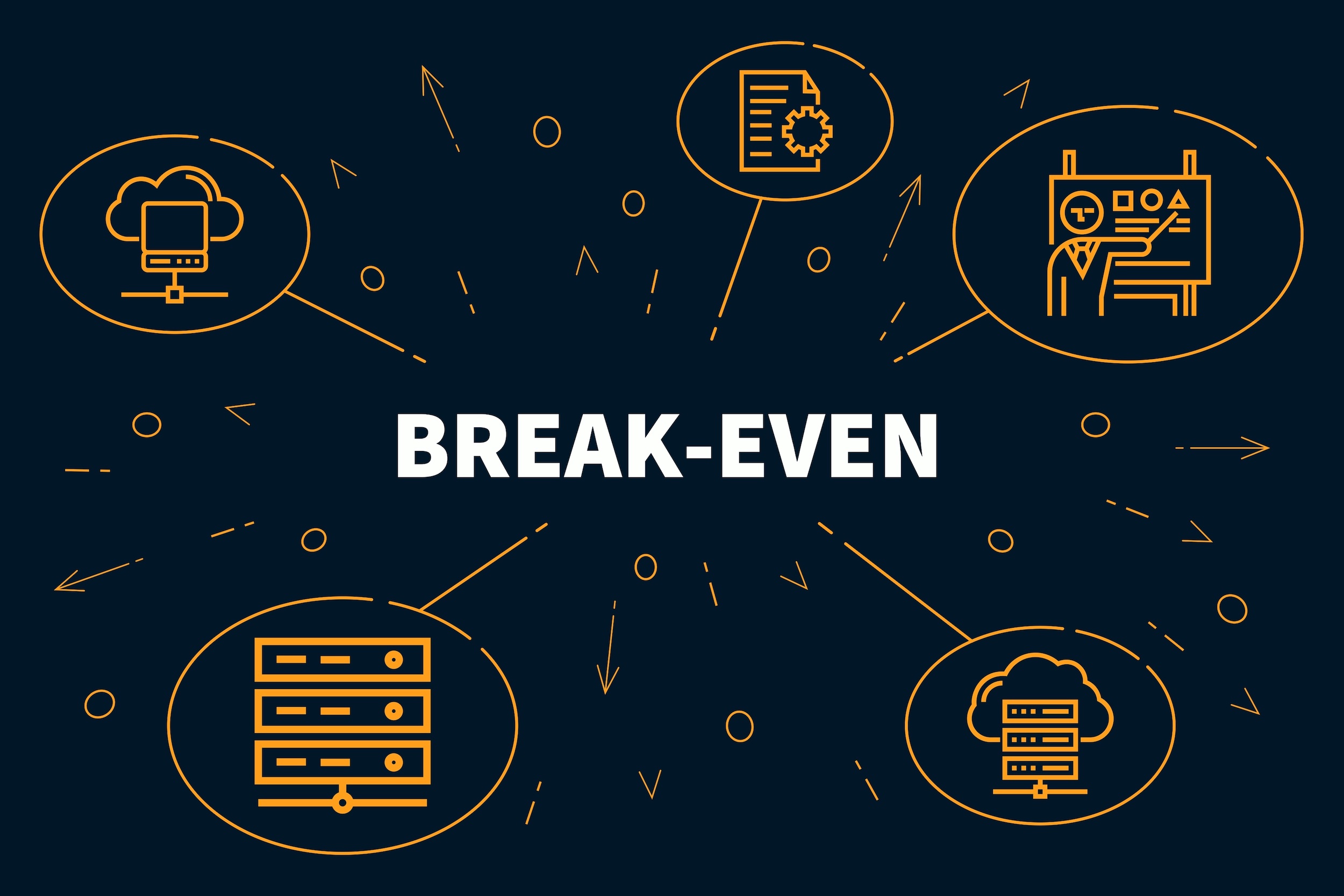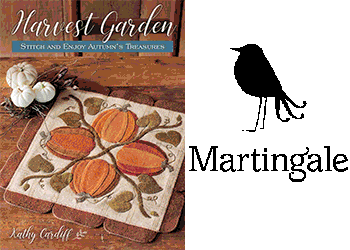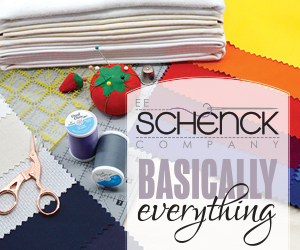
It’s been 30 months since the pandemic began. How does your business stack up? If your business benefitted from the side-effects of stay-at-home mandates, know that an increase of sales doesn’t equate to an increase of profits. Read on to determine if your increase in sales actually equated to a better business operation.
Gross margin percentage
The first place to start is your gross margin. The gross margin is listed as a percentage on your income statement. Look back for every year back to 2018. How has it changed?
To determine why these changes occurred, go to profitsplus.org and use the free “logical profit and loss statement” calculator. Expenses are grouped by category including advertising, payroll, operating expenses, etc. Compare these expenses to your percentage of sales.
If the past 30 months really has made you a better business operator, your gross margin percentage should have remained the same or even increased since pre-pandemic years. Business owners who equate in increase in sales to an increase in profits aren’t seeing the full picture.
Pandemic prices
Another thing to keep in mind is the increase in product price. Do you increase price on the sales floor when new product comes in at a higher price? If you’re selling inventory based on what you paid, you might want to reconsider. Remember, your cost of operating has increased just as the cost of inventory has increased also.
Inspiration for this post came from “Growing Beyond the Pandemic” by Tom Shay published in the August 2022 issues of American Quilt Retailer.
If you’re looking for more information to guide you in owning a retail business, subscribe to American Quilt Retailer today. Already a subscriber? No worries—join our Facebook group for insights and dialogue from industry specialists like you. And don’t forget, you can always purchase single issues if you prefer that instead.







